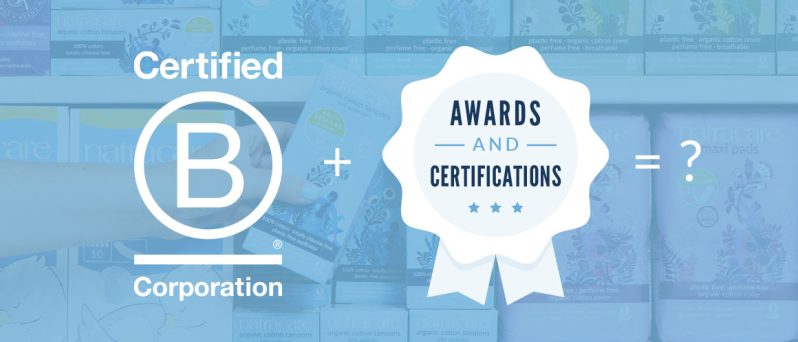Corporate social responsibility has become a huge buzzword for brands across the globe. Almost all companies now have giving strategies, with some of the biggest corporations implementing entire teams to deliver their corporate giving strategy.
Are all giving strategies created equal?
Undeniably charitable giving has huge upsides and by no means should brands be donating less to charity. However, issues arise when we take a closer look at bigger corporations’ charitable donations and their motivations.
Lots of companies with huge profits throw around their charitable donations in ways that make them look more committed to change than they really are. In effect, donations can act as a doing-good mask for companies operating with bad or harmful practice.
A huge offender of this is banks. Banks have turnovers in the billions. On the one hand, a couple of million-pound donations to charity barely touches the dial of charitable giving. Yet on the other, many banks also invest millions into fossil fuel companies, the arms trade, and ‘not so ethical’ businesses. This means that many banks are big contributors to deforestation, albeit indirectly. Showing how most of these companies’ charitable giving is merely virtue signalling.
So what is charity washing?
‘Charity washing’ like this is similar to the greenwashing we see across the board in retail and online stores. Companies are hiding their less-than-favourable investments behind donations to charity. The offset of their donations very rarely outweighs the harm their business practices are doing.
How to spot and avoid charity washing
Charitable giving should come from those with millions in turnover, not the everyday individual, so how do we put a stop to charity washing? As a consumer, there may be barriers to spending time analysing a company’s turnover vs. their charitable giving. What we can do as consumers, however, is spend our money with companies that have transparency surrounding their giving, and external certification if possible. One easy way to tell if a brand is genuine in their giving strategy is looking out for the 1% for the Planet logo. Being a 1% for the Planet member brand will mean they have clear commitments to donating at least 1% of their yearly turnover (if not more) to charity.
The 1% club is for businesses that give at least 1% of pre-tax profits to charity each year. That’s what we see as generous. Above 0.5% is more than halfway to generous. Below 0.25% and it becomes clear that however much you talk about it, giving to charity clearly isn’t very important to you as a business.
1% for the Planet member businesses give at least 1% of their annual turnover directly to approved environmental partners.
Business members can support approved environmental partners by donating the equivalent of 1% of sales through a combination of monetary, in-kind, and approved promotional expenses.
1% for the Planet was founded to provide accountability, allowing businesses to donate to reputable organisations therefore preventing greenwashing. 1% for the Planet membership is given to businesses and individuals that meet their commitment to donating 1% of annual turnover or salary to environmental causes.
Trying to prioritise your spending with companies who are part of 1% for the Planet is just one way to shop more responsibly.
At Natracare we are super proud to be a part of 1% for the Planet, with 1 % of our turnover since 2019 going to initiatives fighting climate change.
Natracare also donate generously outside of our 1% for the Planet pledge, and have done since our inception. We work to support social justice projects, education initiatives as well as a multitude of other charitable projects both locally in Bristol and worldwide.













Great pledge 🙏